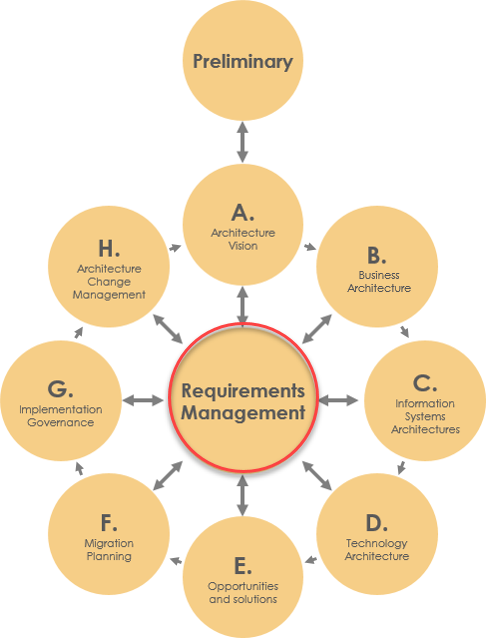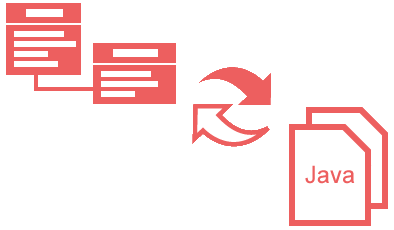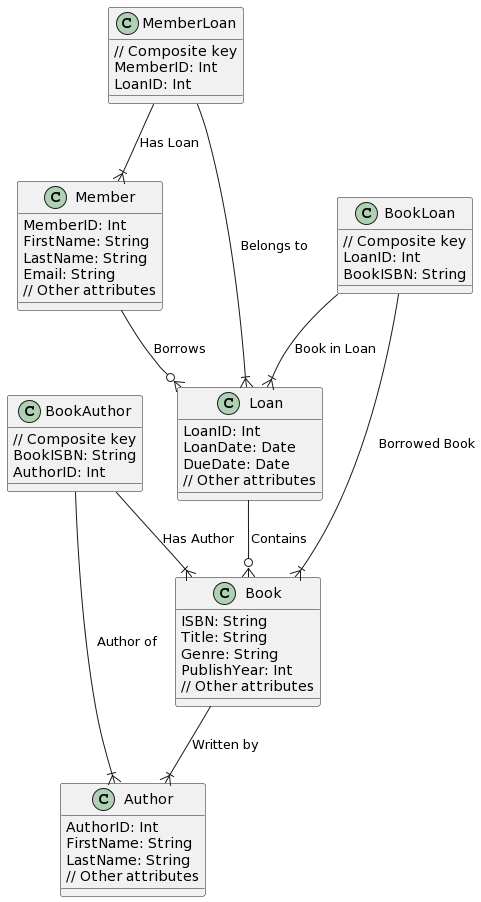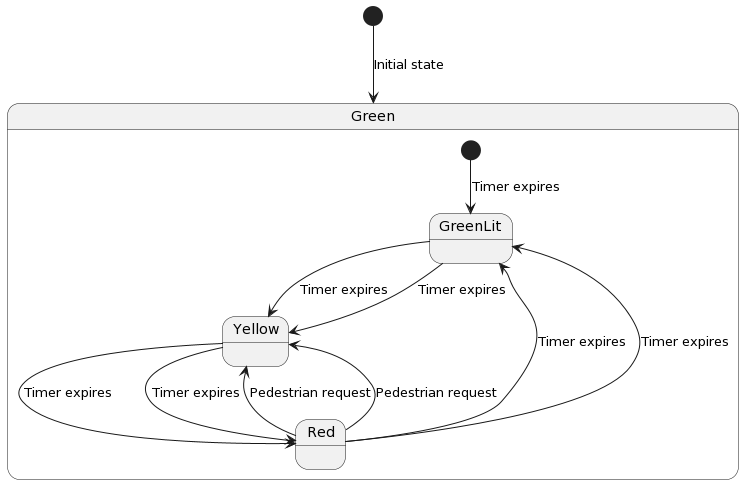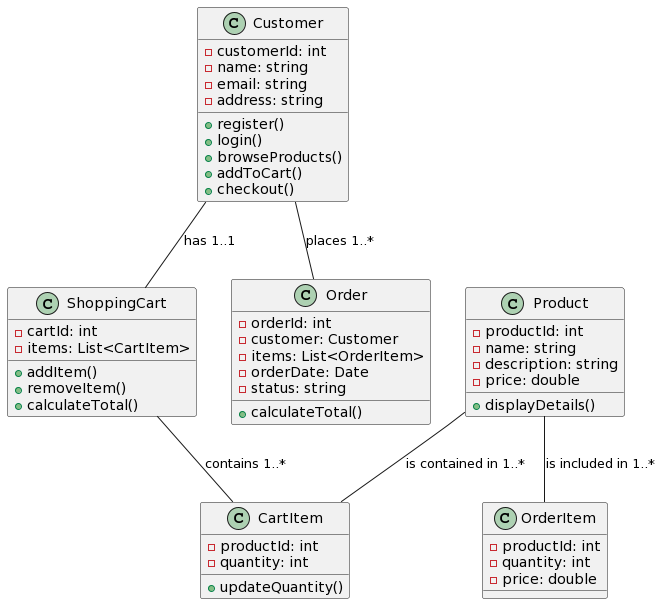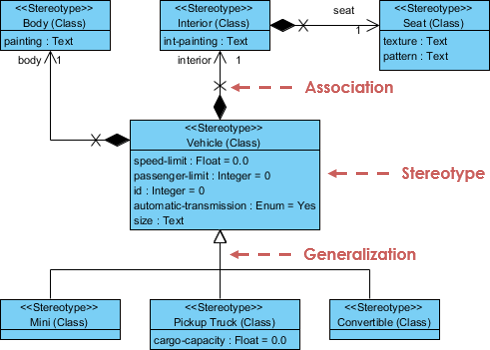Unlocking Innovation: The Power of the Product Vision Template for Agile Software Development
Introduction In the ever-evolving landscape of product development, having a clear and compelling vision is paramount. A product vision serves as the guiding light, illuminating the path towards creating solutions that resonate with users and stand out in the market. One invaluable tool that has gained widespread recognition for articulating this vision is the Product Vision Template. Understanding the Product Vision Template: At its core, the Product Vision Template is a structured framework that encapsulates the essence of a product, outlining its purpose, target audience, unique value proposition, and differentiation from existing alternatives.…continue reading →

